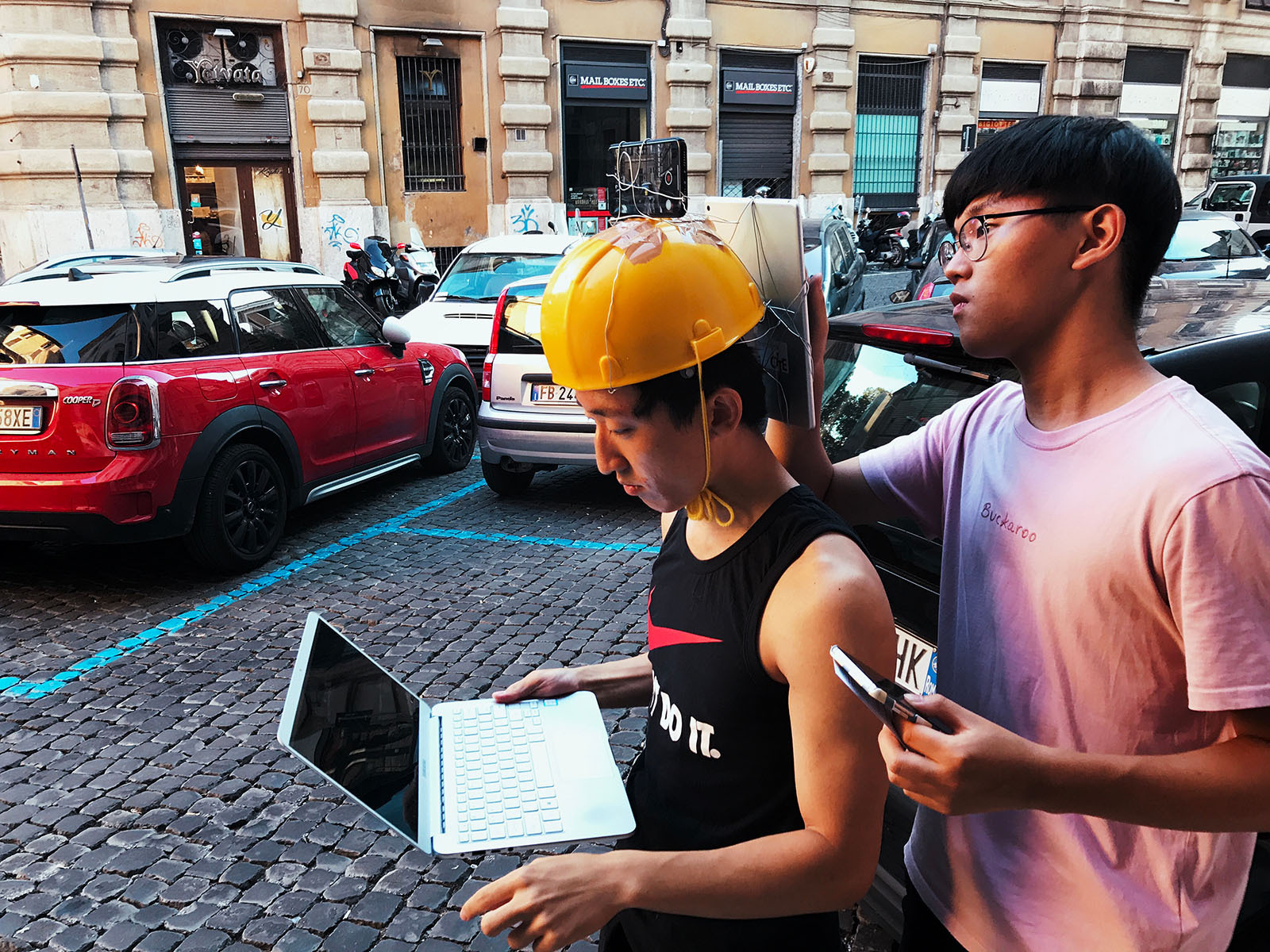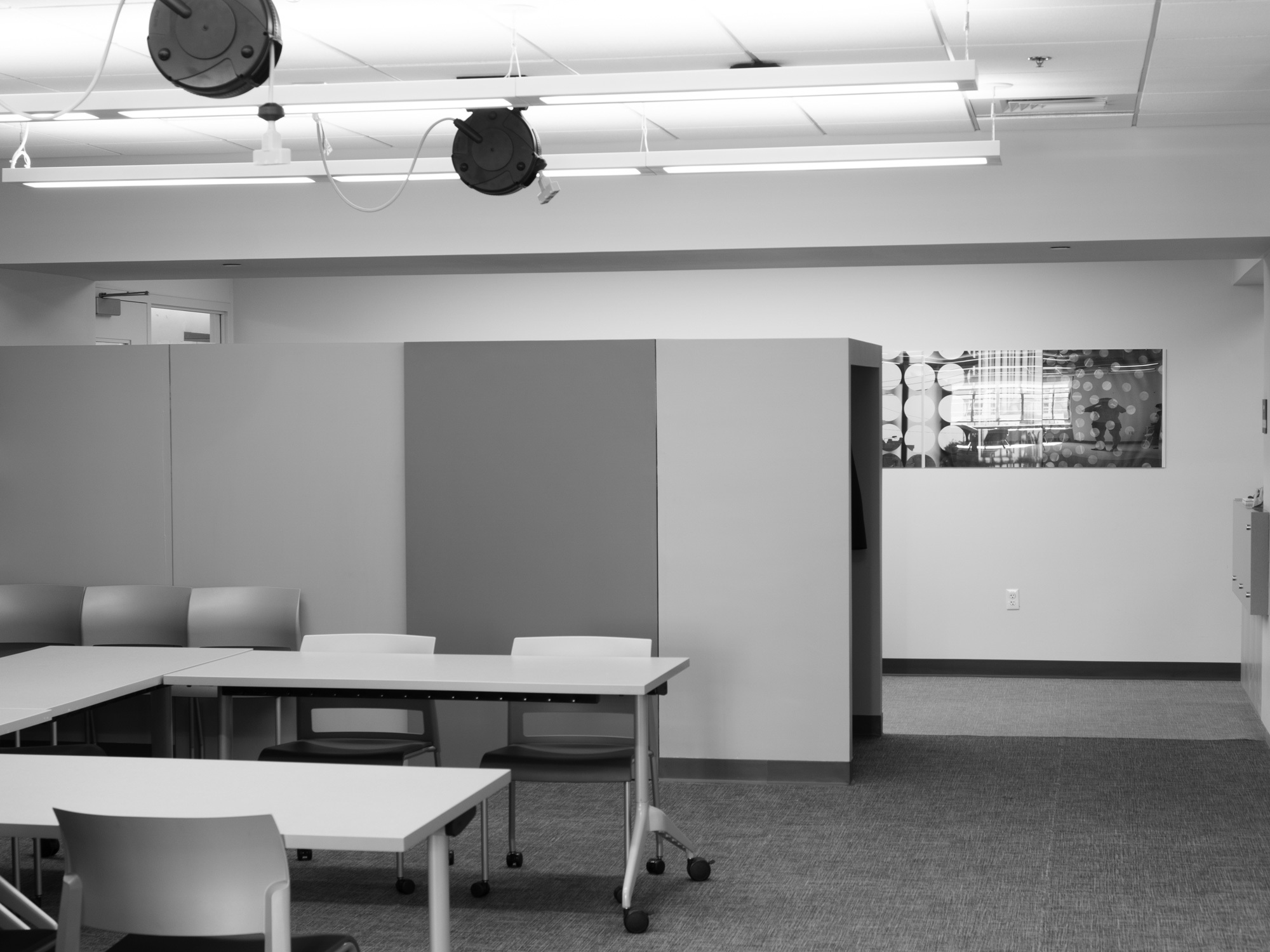Eligibility
RISD Students
If your current cumulative GPA is 2.5 or above, you are eligible for registration. If your current cumulative GPA is lower than 2.5, you must first contact the Registrar at registrar@risd.edu to seek exception to this academic policy.
Non-RISD Participants
If you are a college student currently enrolled in another art/design college or institution around the world, or a professional practicing in the field, you are eligible for registration. We will collect a recommendation/support form from your institution/workplace.
In order to register for RISD Global summer studies, you are expected to have a high level of English (speech, writing, and comprehension) as all coursework and critique is delivered in English.
Attendance Policy
Global Summer Studios are three weeks long and take place in June/July, and you are required to attend all program activities scheduled during the travel course. RISD Global Summer Studios comply with RISD class attendance policy. In case of unexcused or multiple absences, you may be removed from the course, given a grade of “W" (withdrawal) or a grade of “F” (fail).
Withdrawal Policy
Requesting to withdraw from a RISD off-campus global learning program, including RISD Global Summer Studios, prior to the start of the course is highly discouraged and requires a formal process outlined in the RISD course withdrawal policy. It is not possible for a student to drop a RISD Global Summer Studios travel course via the standard Add/Drop process after it has commenced. In the case of unforeseen and extenuating circumstances (and only after students have spoken with the faculty lead and RISD Global for approval to withdraw from the program), students should be aware that no refund will be issued.


